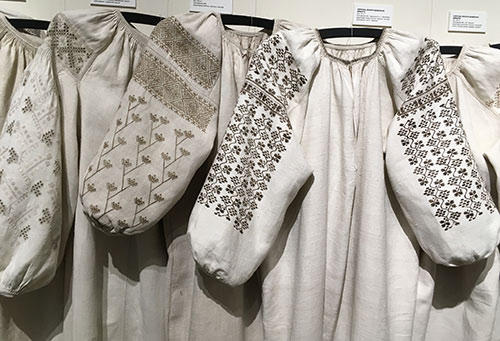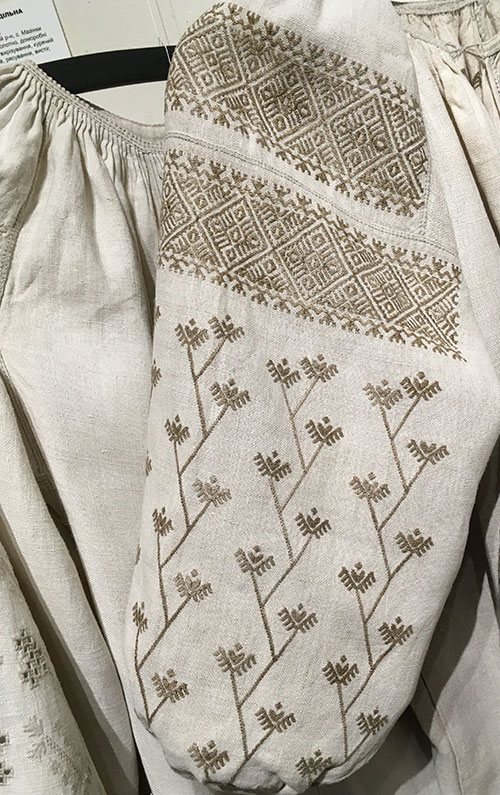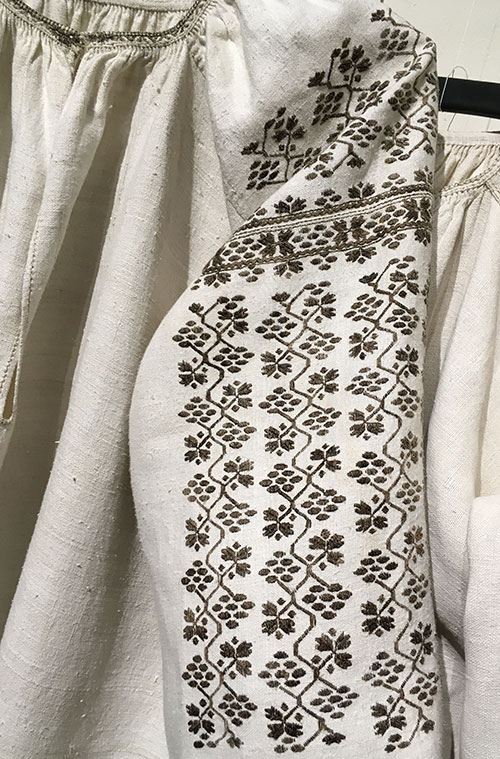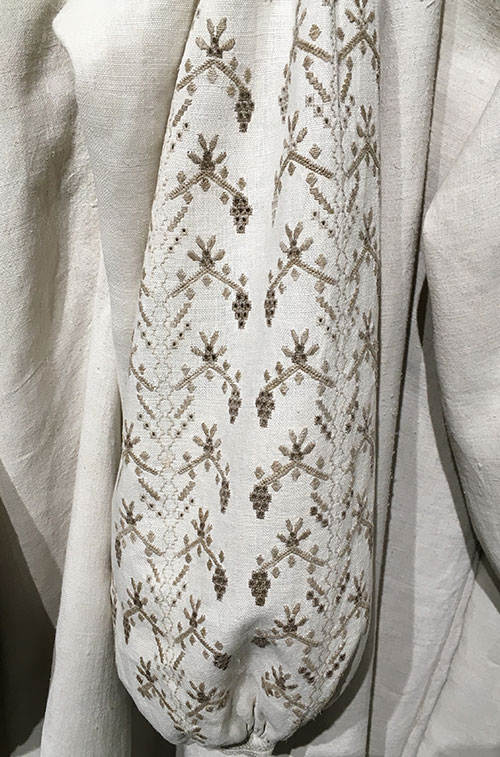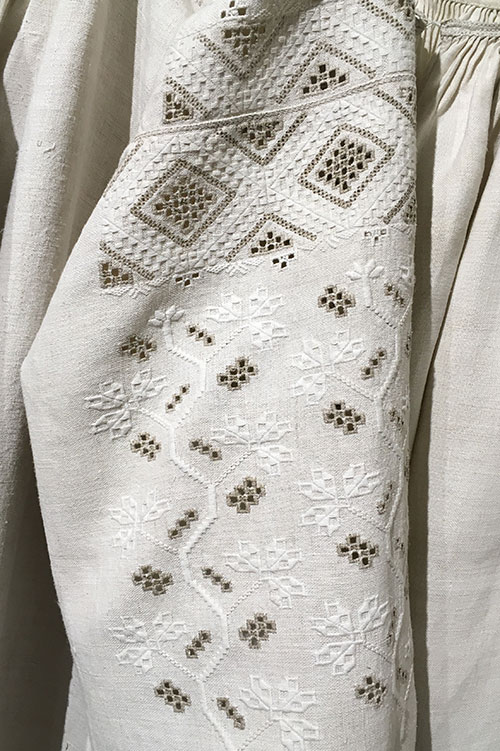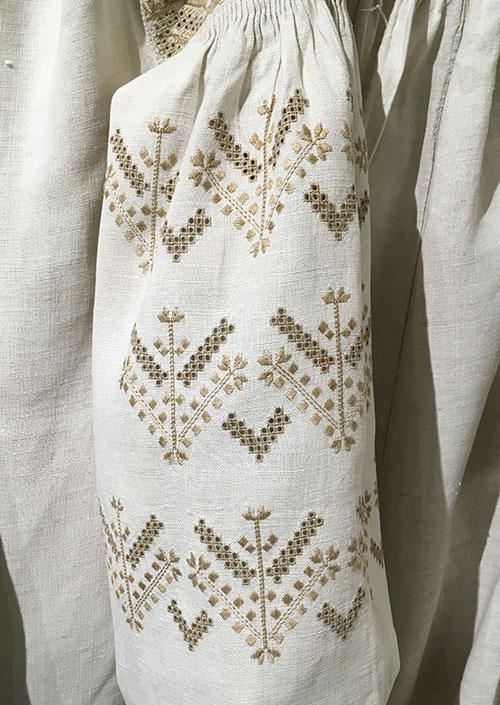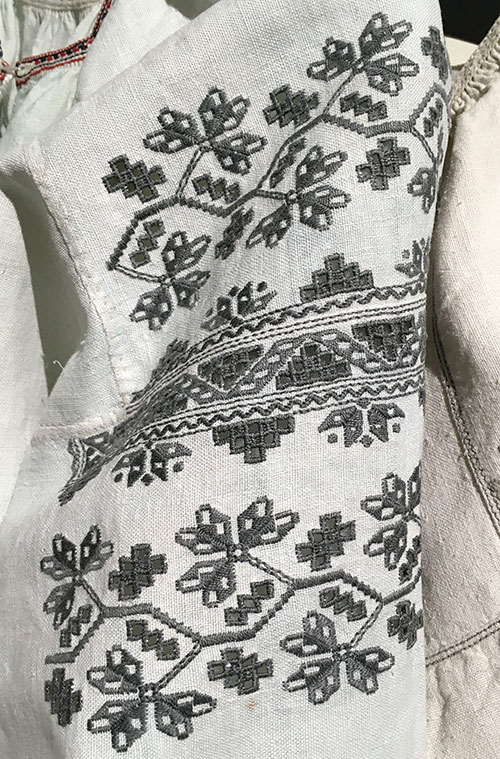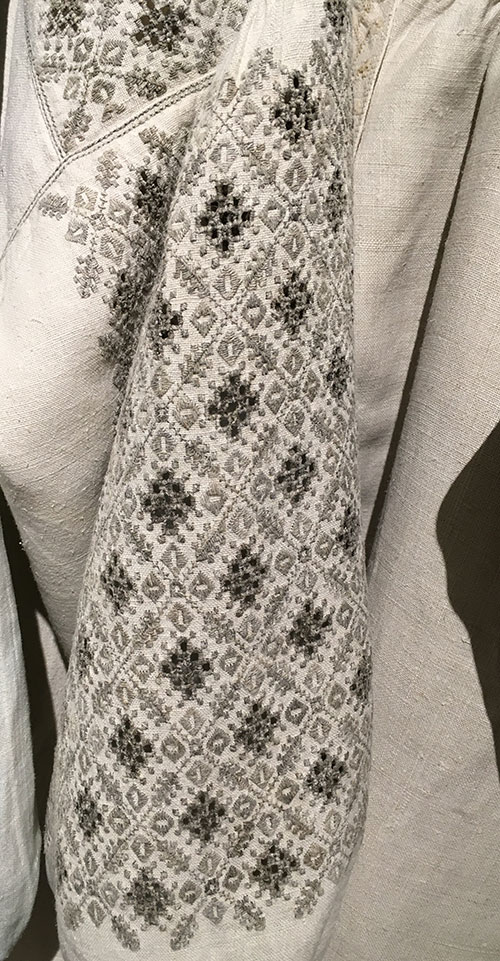 People didn’t have synthetic dyes 200 years ago, so they used various natural pigments to dye threads for needlework. Of course, the available color palette wasn’t very wide. In Ukraine, the most popular colors of embroidery were red, black, brown, gray, yellow, blue, and white. In the mid-19th century, synthetic dyes appeared and quickly became widely used, so natural pigments were almost forgotten by the artisans. But what kind of natural dyes did our ancestors know? How did they get the needed color?
People didn’t have synthetic dyes 200 years ago, so they used various natural pigments to dye threads for needlework. Of course, the available color palette wasn’t very wide. In Ukraine, the most popular colors of embroidery were red, black, brown, gray, yellow, blue, and white. In the mid-19th century, synthetic dyes appeared and quickly became widely used, so natural pigments were almost forgotten by the artisans. But what kind of natural dyes did our ancestors know? How did they get the needed color?
Despite having only natural dyes, Ukrainian women produced beautiful embroidered clothing centuries ago. Even in the early 20th century, some of them still used natural pigments to add color to threads so that embroidery patterns on shirts and other garments looked authentic. Also, poorer females didn’t have money to buy colorful needlework threads and produced them at home – herbs and plants were always available. They could buy synthetically dyed threads since mid or late 19th century, but many women still knew how to make their own natural dyes and guarded this knowledge.
One of the main difficulties in working with natural pigments is that only fresh material gives intensive enough color. So, a lot of plants were gathered in spring, when bark is easily separated and the plant has a lot of natural juices inside. People used bark, branches, roots, leaves, flowers, and fruits – all of the parts of the plant. Different parts picked in different season, weather conditions, etc gave different shades, so you sometimes could get several colors from the same plant. Also, the longer threads were soaked in dye, the more intensive their shade became.
So, what colors were widespread and what plants were used to make them?
White threads weren’t dyed. People whitened natural yarn by leaving it in the sun for long periods of time. The sun can make the yarn snow-white and many other shades of white, depending on how long it is in the sun. Here is an interesting material about it: Whitework in Central Ukraine. Magnificent embroidered shirts adorned with whitework.
Black color was extracted from walnut shells, oak and hazel bark, and many other plants typical for Ukraine. This was one of the most popular colors, so women knew a lot of materials to get black dye.
Red dye was among the most expensive because originally it was extracted from a certain insect. Only this pigment gave rich and intensive red color. But women learned that some plants also could give them various shades of red. Like celandine, hypericum, barberry, and other plants.
Brown color palette was wide because there was a variety of plants that gave these shades: oak, crab, heather, birch, etc. You could easily enough get not only different shades but also different intensity of color.
Blue dyes (from light-blue to navy blue to almost black) were rare. Usually, they were obtained by imported indigo blue natural dye. You can find more info about this dye here: Ukrainian indigo blue embroidery. Only one region traditionally used indigo-dyed threads.
Yellow color was available due to elderberry bush, heather, bird-cherry tree, fir tree, and other plants. This color was popular in Western Ukraine, Carpathian region.
Except for the dyes gotten from plants, there were other ways to dye threads. Sometimes, chemicals were used – copper sulfate, iron sulfate, formic acid, vinegar, birch ash, juice from pickled cabbage, etc. People had to be inventive and skilled to produce a really beautiful and unique embroidered shirt, with just the right color of needlework.
In Ukrainian museums, there are many embroidered shirts, where needlework threads are dyed with natural pigments. Here are a few examples. These are from the Ukrainian national center of folk culture “Ivan Honchar Museum” in Kyiv. You can see different shades of brown, gray, and white here. The shirts are from Central Ukraine, the late 19th – early 20th century.
